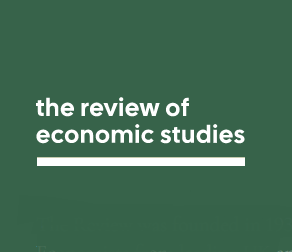
Niklas Kroner
@KronerNiklas
Followers
781
Following
461
Media
43
Statuses
165
Economist at @federalreserve | Research in Macro, Int. Finance & Asset Pricing | Ph.D. from @UTAustin | All views are my own
Washington, D.C.
Joined November 2018
I am very happy that this project finally came out as a @FedResearch working paper. In the following, I provide a summary of the paper which might be of interest to you if you work on anything related to asset pricing and macroeconomics. Paper: 1/16
4
21
110
RT @alpsimsek_econ: 1/ New paper: "FCI-star" with Ricardo Caballero and @TomasCaravello. We introduce FCI*—the neutral level of financial c….
0
30
0
Chris and I had the pleasure of writing a nontechnical summary of our forthcoming @RevEconStudies paper ( in the @LSEUSAblog!.
News about the US economy drives global financial conditions find Christoph Boehm of @UTAustinEcon and @KronerNiklas of @federalreserve
0
3
14
I’m thrilled to share that our paper will finally be published in 𝐓𝐡𝐞 𝐑𝐞𝐯𝐢𝐞𝐰 𝐨𝐟 𝐄𝐜𝐨𝐧𝐨𝐦𝐢𝐜 𝐒𝐭𝐮𝐝𝐢𝐞𝐬!. Huge thanks to editor @SorryToBeKurt and the three anonymous referees for giving us a chance and helping us improve the paper along the way. Thread👇 1/17.
The recently accepted paper of Boehm and @KronerNiklas demonstrates that shocks that drive the US business cycle also drive the global financial cycle.
5
26
115










